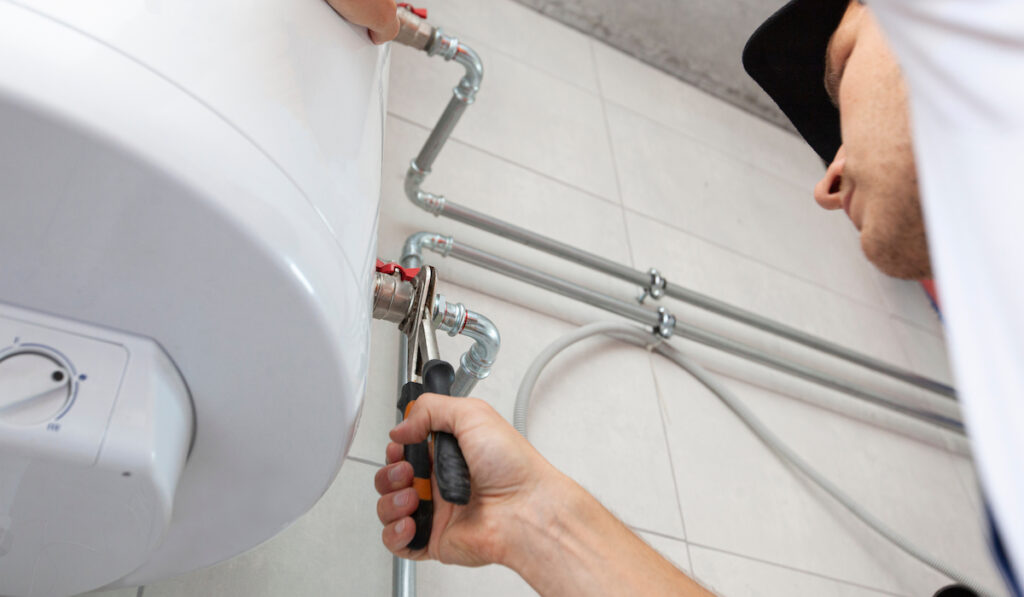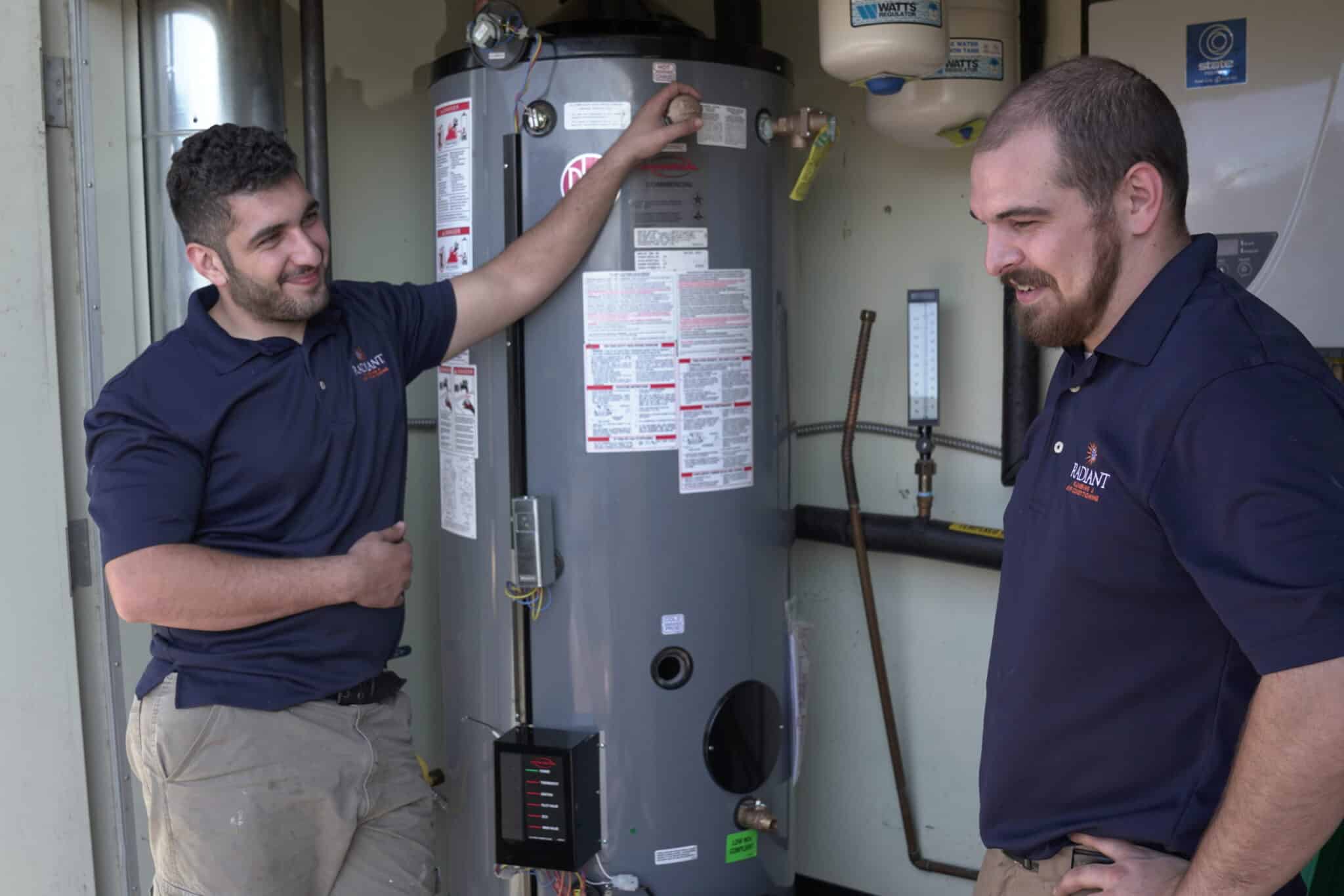Caring for Your Home's Hot Water System: Key Guidelines
Caring for Your Home's Hot Water System: Key Guidelines
Blog Article
Presented here further down you will discover a bunch of outstanding facts about What Kind of Maintenance Do Water Heaters Need?.

Warm water is crucial for daily convenience, whether it's for a refreshing shower or cleaning recipes. To guarantee your hot water system runs efficiently and lasts much longer, routine maintenance is vital. This post offers functional suggestions and understandings on exactly how to maintain your home's warm water system to prevent disruptions and pricey repair services.
Introduction
Keeping your home's hot water system might appear difficult, but with a couple of basic steps, you can guarantee it operates efficiently for years ahead. This guide covers everything from comprehending your hot water system to do it yourself maintenance ideas and knowing when to employ professional help.
Value of Maintaining Your Hot Water System
Normal maintenance not just extends the life-span of your hot water system yet also guarantees it runs effectively. Disregarding maintenance can lead to reduced performance, higher power costs, and even early failure of the system.
Indications Your Warm Water System Needs Maintenance
Recognizing when your hot water system needs focus can avoid significant concerns. Look out for indications such as irregular water temperature, unusual sounds from the heater, or rustic water.
Recognizing Your Warm Water System
Before diving into maintenance jobs, it's useful to comprehend the standard parts of your hot water system. Usually, this consists of the hot water heater itself, pipelines, anode rods, and temperature controls.
Month-to-month Upkeep Tasks
Regular monthly checks can assist catch minor issues before they rise.
Purging the Water Heater
Flushing your water heater eliminates sediment buildup, enhancing effectiveness and lengthening its life.
Monitoring and Changing Anode Rods
Anode poles stop corrosion inside the storage tank. Checking and changing them when worn is critical.
Inspecting and Adjusting Temperature Settings
Changing the temperature settings makes sure optimum efficiency and safety and security.
DIY Tips for Maintenance
You can perform several maintenance jobs on your own to maintain your hot water system in top condition.
Checking for Leaks
Frequently examine pipes and connections for leakages, as these can cause water damages and higher bills.
Testing Pressure Alleviation Valves
Checking the stress safety valve guarantees it works correctly and prevents excessive stress buildup.
Shielding Pipelines
Shielding hot water pipes lowers warmth loss and can save power.
When to Call an Expert
While do it yourself maintenance is advantageous, some issues call for expert competence.
Facility Problems Needing Professional Aid
Examples consist of significant leaks, electrical troubles, or if your water heater is consistently underperforming.
Regular Expert Maintenance Benefits
Specialist upkeep can include detailed assessments, tune-ups, and guaranteeing compliance with security standards.
Conclusion
Normal maintenance of your home's hot water system is vital for efficiency, longevity, and expense financial savings. By adhering to these suggestions and understanding when to look for expert assistance, you can make certain a trusted supply of hot water without unexpected interruptions.
Water Heater Maintenance Tips
Test the TPR Valve
Shut off the power and the cold-water supply valve. Place a bucket under the pipe connected to the temperature-pressure-release (TPR) valve on the top or side of the tank. (This valve opens if the tank pressure gets too high.) Lift the valve’s tab to let some water out, then let go. If water keeps flowing, drain the tank partway, unscrew the old valve with a pipe wrench, and install a new one. Check the Anode Rod
Put a hose to the tank’s drain cock and let out a few gallons of water. Now fit a 1 1/16-inch socket onto the rod’s hex head on top of the heater (or under its top plate) and unscrew the rod. If it’s less than ½ inch thick or coated with calcium, buy a new one, wrap its threads with Teflon tape, put it back in the tank, and tighten securely. Use this segmented rod if headroom above the tank is limited. Drain the Tank and Wash Out Sediment
Drain the remaining water in the tank into the bucket, then stir up the sediment on the tank’s bottom by briefly opening the cold-water supply valve. Drain and repeat until clean water comes out of the hose. Close the drain cock, refill the tank, and turn its power back on. Adjust the Temperature
Find the temperature dial on the side of the tank and unscrew its cover. Adjust the dial to 120 degrees using a flathead screwdriver. For every 10 degrees the temperature is lowered, you can expect to save up to 5 percent in energy costs. Turn the water heater off or the thermostat down to its lowest setting if you plan to be away from home for more than three days. Insulate the Pipes
Buy some self-sticking 3/8-inch-thick foam pipe insulation that matches the pipes’ diameter. Slide the foam over the hot-and cold-water pipes as far as you can reach. Insulating the cold-water pipe prevents condensation in summer. Peel the tape and squeeze the insulation closed. If the pipe is 6 inches or less from the flue, cover it with 1-inch-thick unfaced fiberglass pipe wrap. https://www.thisoldhouse.com/plumbing/21016402/how-to-maintain-a-water-heater

I have been very excited about How to Maintain Your Water Heater & Prolong its Life and I hope you liked my post. Enjoyed reading our content? Please share it. Let others locate it. We take joy in your readership.
Top Article Report this page